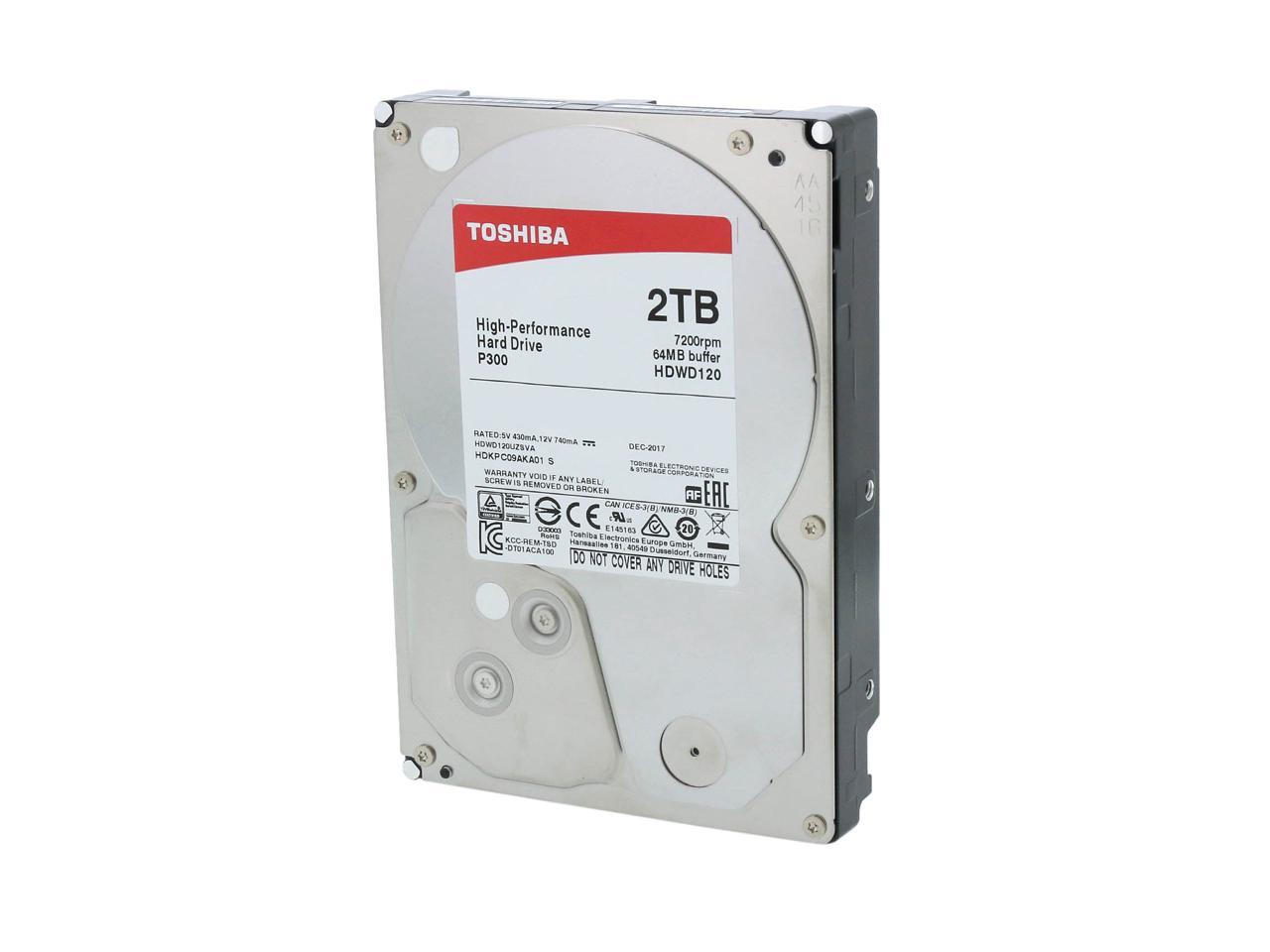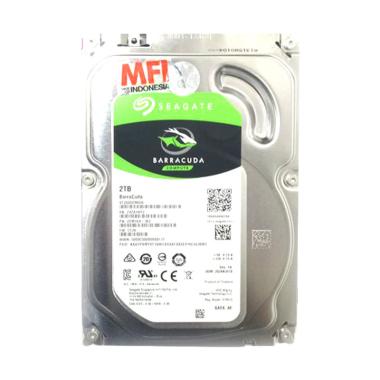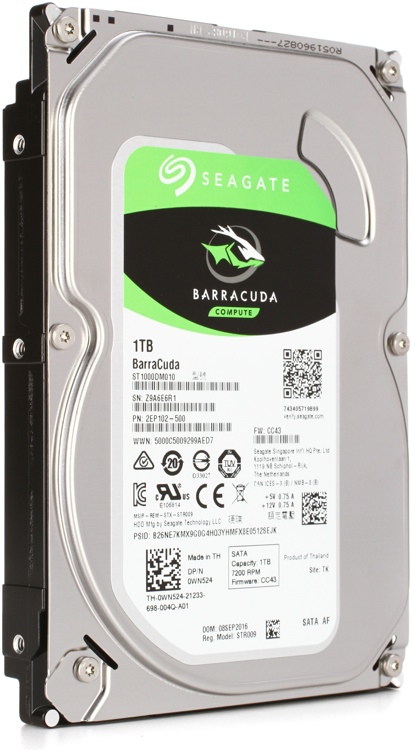

- #2TB INTERNAL HARD DRIVE 7200 RPM INSTALL#
- #2TB INTERNAL HARD DRIVE 7200 RPM UPDATE#
- #2TB INTERNAL HARD DRIVE 7200 RPM FULL#
- #2TB INTERNAL HARD DRIVE 7200 RPM PC#
- #2TB INTERNAL HARD DRIVE 7200 RPM WINDOWS#
Unless you have a specific reason, stay away from locking sata cables. Passed without fault my torture tests, which includes killing power while writing a big file and an overnight surface test.Ĭons: For those who buy on impulse or don't fully read descriptions, there are no cables or fixing screws included with a _bare drive_ However, they can always be found for just a few bucks.
#2TB INTERNAL HARD DRIVE 7200 RPM PC#
I'm on a two year cycle for the SSD that is my main boot drive, not that I've had any trouble, but I have to be prepared as losing my work PC for a day would be painful. clone your data to the replacement and retire the original while you have no doubts it can spit your data up if need be. I've been using seagate for a long time and never was wronged, which is pretty good in the long term players market.Ĭonsider the time you've spent building your digital archive.
#2TB INTERNAL HARD DRIVE 7200 RPM INSTALL#
I'll be the first to chime in that it stinks to get a stinker, especially if you don't install it for a couple of months. I'm sure they'd be plenty reliable at $100 TB, like the so-called enterprise class drives. you have to start treating current consumer grade hard drives like the 8-track tapes they are and be ready to clone and replace them every couple of years. In the age of uber mass production and even cheaper prices per GB ( Listen up sonny, back when gas was affordable, a 47 Gigabyte(!) seagate scsi drive cost me $500 and I was overjoyed to get it ( very short supplies) oh yeah its like 18 years old and while a little bearing noise is present it still works like new.
#2TB INTERNAL HARD DRIVE 7200 RPM UPDATE#
an update on how this drive has performed. With 64 MB cache and rotation speed of 7200 RPM, you get good value for the money. With the lightning fast speeds this drive is getting (at this price point), I think it is really in the sweet spot of price and performance. This is just my personal opinion, but I really doubt that so-called “performance” drives are worth the money in most cases. Of course, SSDs don’t have the same physical limitations. With all the advancements we have seen in hard drive density, it’s amazing how little random read and write speeds have improved. Random write speed was between 1.341 and 1.453 MB/s Sequential write speed was between 203 and 210 MB/sĪs fast as this drive is, random read/write speeds were, of course, predictably slow: The drive was very quick in benchmark tests (Crystal Disk Mark):

This is a good way to weed out weak drives before they can cause problems.
#2TB INTERNAL HARD DRIVE 7200 RPM FULL#
I always do a full format (as opposed to a quick format) on every drive before putting it into production.

Overall Review: The drive was recognized right away, and took less than 1 hour for a full format. There is nothing worse than a loud hard drive, clunking and rattling when you are trying to work. The drive, in my testing, was whisper quiet. This drive will not overheat your case! The hottest it ever got during benchmarking and formatting was just under 95F (that would be a cool day where I live in Phoenix!). It has a large 64MB Cache which greatly speeds up sequential read and write operations. The price is really good considering the size and speed of the drive. Pros: This drive is light, quiet and thin. *All tests were conducted three times to ensure accuracy and repeatability of results. Considering its low price, this is a great choice if you need a drive with more space than then your SSD. It’s good to see that mechanical drives are still improving and finally getting close to the SATA II (3 Gbps) barrier. Overall Review: Overall this drive performed very well for a mechanical hard drive while running relatively cool.

#2TB INTERNAL HARD DRIVE 7200 RPM WINDOWS#
Tried changing windows settings and bios settings but still couldn’t get it to sleep. Maximum Temperature while testing: 93.2 ☏Ĭons: Write speeds are a bit low compared to the read speedsĭespite many attempts the drive refused to enter its low power sleep state where the platters stop spinning and the head docks itself. Pros: For a 3.5 inch drive it is very thinĢ year warranty isn’t too bad in case something goes wrong.īenchmark performance results are listed below:


 0 kommentar(er)
0 kommentar(er)
